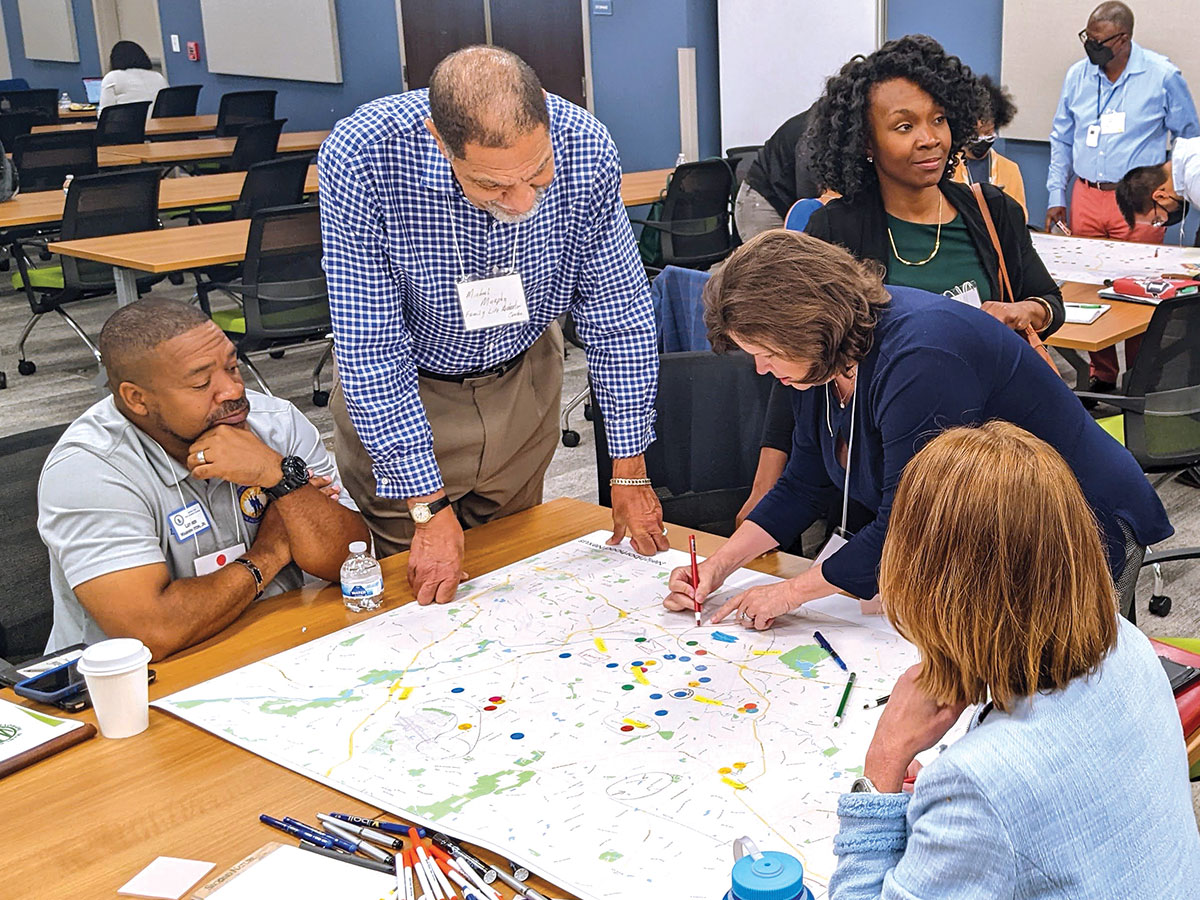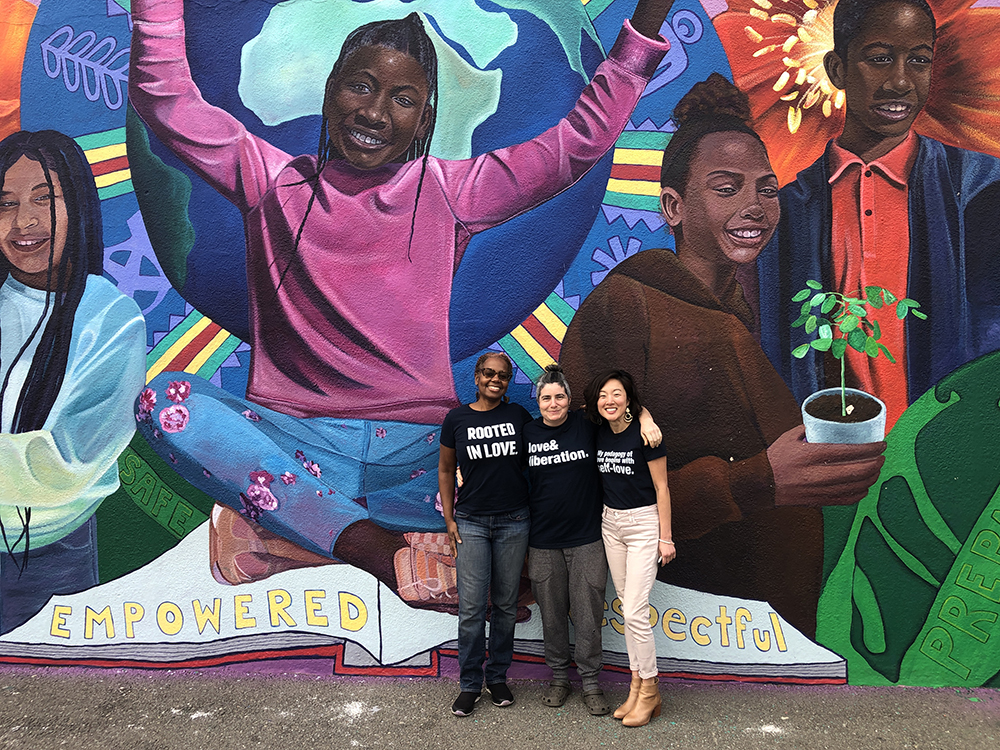
The always thoughtful and often hilarious Vu Le wrote last week (sadly soberly) about a common philanthropic misperception: that the assets in any foundation’s coffers belong to the donor or trustees.
To recap the primary message of his blog, “Philanthropy, whose money is it anyway?”: Once a donor – individual, family, or corporation – creates a foundation, the donor is no longer the owner of the funds. The funds belong to the foundation, which is a public entity. So in other words, the money now belongs to no one in particular, and everyone in general.
That fact is easily obscured by day-to-day practice, whereby the donor, board, and staff make decisions (and sometimes rules) for how the foundation’s funds will be distributed. These foundation-specific practices are subject to limited guidance from federal and state governments, and are influenced by industry standards and, often, by donor intent. But, bottom line: a foundation’s funds are managed by its board, not owned by its board.
This is not how money works in our day-to-day lives, so it shouldn’t be surprising that donors, boards, and staff can find themselves believing – at least on some level – that it is their money, to do with what they will. And this has serious implications for the way that funders perceive their relationship with their grantees and the communities they serve.
Let’s try a thought experiment.
What if every donor, trustee, and employee could keep in mind at all times that the money they steward and help give away is held in public trust, for the public good? What if their daily practices made it evident to their grantees that this public good was at the heart of their decision-making? If they put this heart at the center of their work, here are some things we think might be different:
- Basic dynamics of the grantee/grantmaker relationship would shift. Instead of standing sentry at the gate to desperately needed funds, grantmakers would actively and gratefully pursue and welcome good partners to carry out important work.
- Grantmakers would fund the things that nonprofits most need for stability and effectiveness: general operating support (or at least true -cost funding), multiyear grants, funds to build the capacities they need, and rapid response dollars for urgent times.
- Grantmaking processes would be streamlined, transparent, and easy to access and use, because they understand that this is what nonprofits need and deserve from their funders.
- On the same schedule and to meet the same requirements as grantees, foundations would routinely send letters of thanks, updates, lessons-learned, and financial reports to all grantees. Perhaps, eventually, both grantmakers and grantees would agree to stop the reporting madness and simply talk over coffee, tea, or chai.
- Candid feedback about the ease, clarity, and responsiveness of grantmaking practice would be the norm, since grantees would not be afraid of being punished (by way of losing future funding) for saying the “wrong” thing. Funders would implement improvements based on feedback as a core practice.
- Grantees would only laugh when the jokes of grantmaking staff/board were actually funny.
What do you think might change? How might you change your practices now to better match the recognition that it’s not our money?


